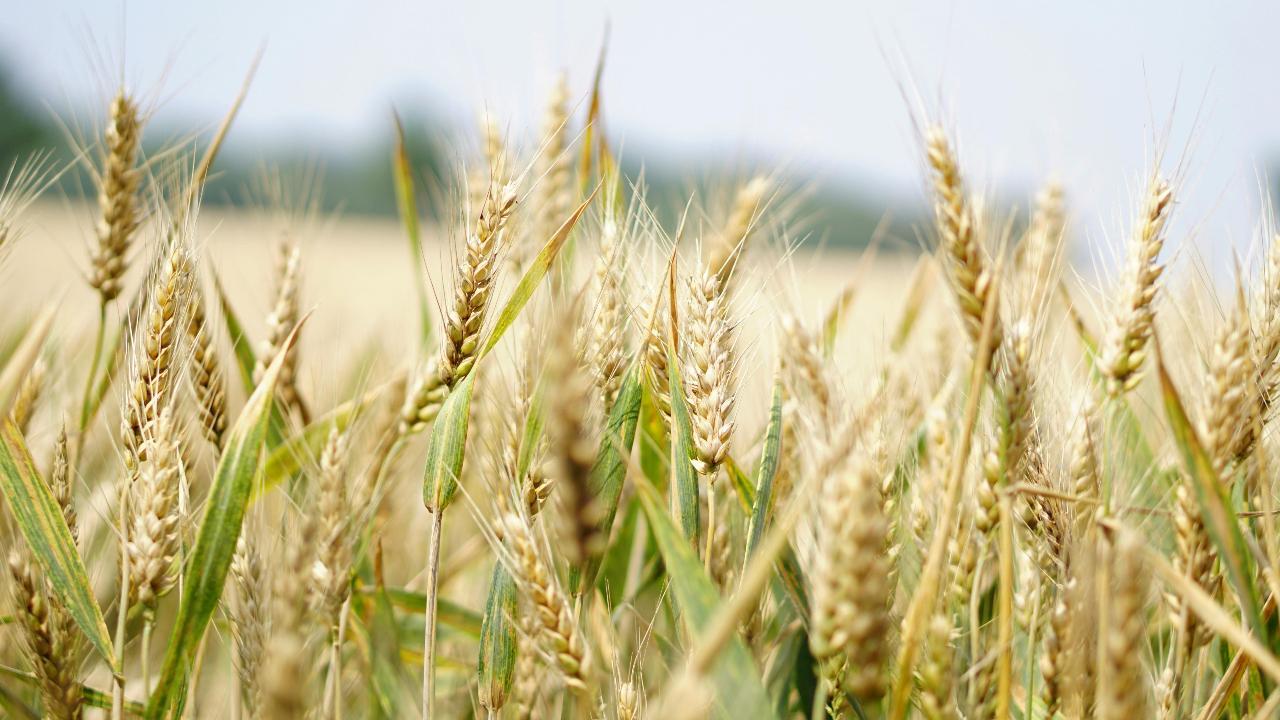The Indian and world staple food grains wheat, rice and maize are highly vulnerable to the increasing surface ozone pollution, the study said

Image for representational purposes only (Photo Courtesy: iStock)
Ozone pollution, a lesser-known but potent threat, could drastically reduce agricultural yields in the country, according to a new study by IIT-Kharagpur.
Severe risks of surface ozone pollution on India's major food crops have also been underscored in the research by Prof Jayanarayanan Kuttippurath and his team at the Centre for Ocean, River, Atmosphere and Land Sciences (CORAL), IIT-Kharagpur.
The Indian and world staple food grains wheat, rice and maize are highly vulnerable to the increasing surface ozone pollution, it said.
Published under the title 'Surface ozone pollution-driven risks for the yield of major food crops under future climate change scenarios in India', the study noted that to protect crop health and ensure food security, atmospheric pollution must be reduced and monitored, an IIT-Kharagpur spokesperson said.
Surface ozone is a strong oxidant that damages plant tissues, leading to visible foliar injuries and reduced crop productivity. Using data from the Coupled Model Intercomparison Project phase-6 (CMIP6), the research assessed historical trends and future projections of ozone-induced yield losses in wheat, rice, and maize, he said.
The findings indicate that under high-emission scenarios with insufficient mitigation, wheat yields could suffer an additional 20 per cent reduction, while rice and maize may experience losses of around seven per cent.
The Indo-Gangetic Plain and Central India are particularly vulnerable, where ozone exposure could exceed safe limits by up to six times, the study showed.
This could have severe consequences for global food security, as India is a major food grain exporter to several Asian and African nations, it said.
Implementing effective emission reduction strategies could significantly enhance agricultural productivity and safeguard global food supplies, said the study, which has been published in the prestigious journal 'Environmental Research', the spokesperson added.
This story has been sourced from a third party syndicated feed, agencies. Mid-day accepts no responsibility or liability for its dependability, trustworthiness, reliability and data of the text. Mid-day management/mid-day.com reserves the sole right to alter, delete or remove (without notice) the content in its absolute discretion for any reason whatsoever
 Subscribe today by clicking the link and stay updated with the latest news!" Click here!
Subscribe today by clicking the link and stay updated with the latest news!" Click here!








